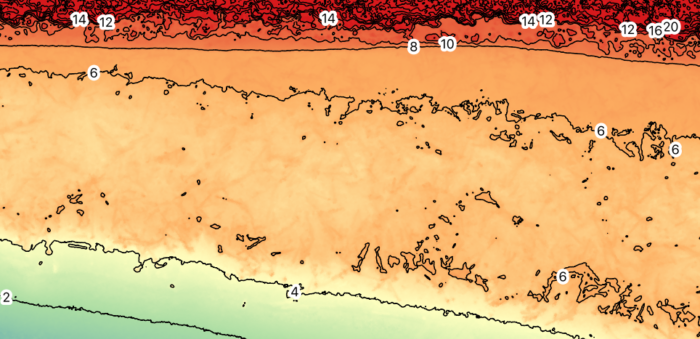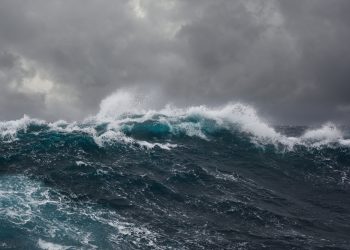The Alaska Hydrokinetic Energy Research Center (AHERC) carried out a multibeam bathymetry survey and a land survey of Cannon Beach in Yakutat, Alaska. This aims to create a 3D map of the beach, under a US Bureau of Ocean Energy Management-funded project to assess wave energy in Alaska.
During the end of May and early June, Alaska Hydrokinetic Energy Research Center researchers were in Yakutat, Alaska, performing a multibeam bathymetry survey, as well as a land survey of Cannon Beach. This survey aims to create a 3D map of the beach using AHERC’s drone.
The project is part of the US Bureau of Ocean Energy Management-funded Wave Energy Converter Study, which assesses the possibility of wave energy in Alaska.
Namely, AHERC research engineer Paul Duvoy is currently in the final stage of processing the aerial pictures to produce a digital model of a 10-kilometer section of Cannon Beach with a resolution of 19 centimeters per pixel.
The 3D model will also be used to create orthophotos, which special aerial pictures for topographic relief, lens distortion and camera tilt.
The land survey includes 20 ground transects and around 1,000 points measured using a Trimble RTK base and rover. This aerial and ground survey will help researchers analyze the erosion processes of Cannon Beach, the northwestward migration of the Situk River’s mouth and the river’s deposition of large woody debris on the beach.





























































